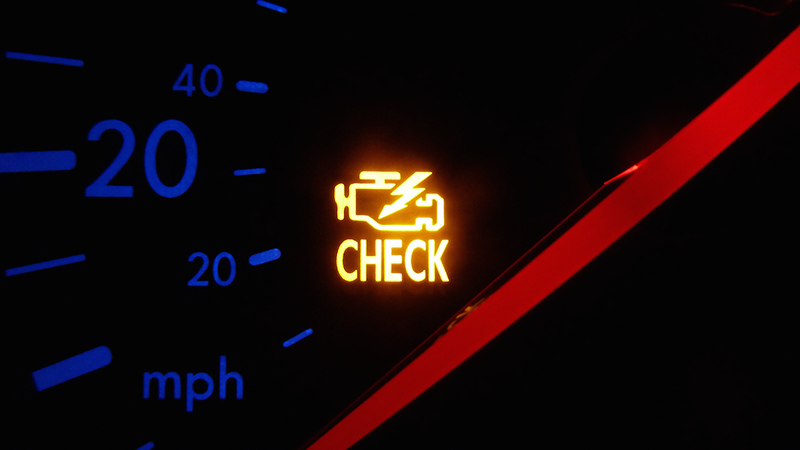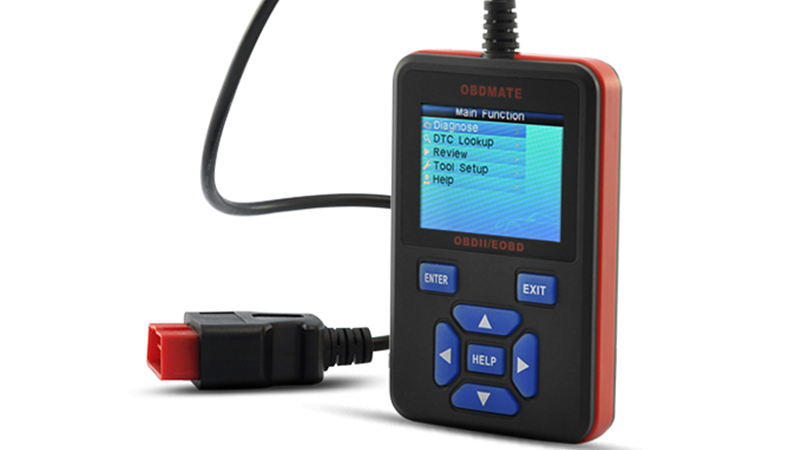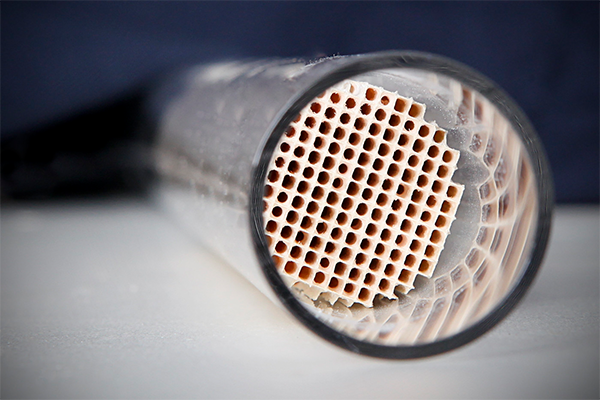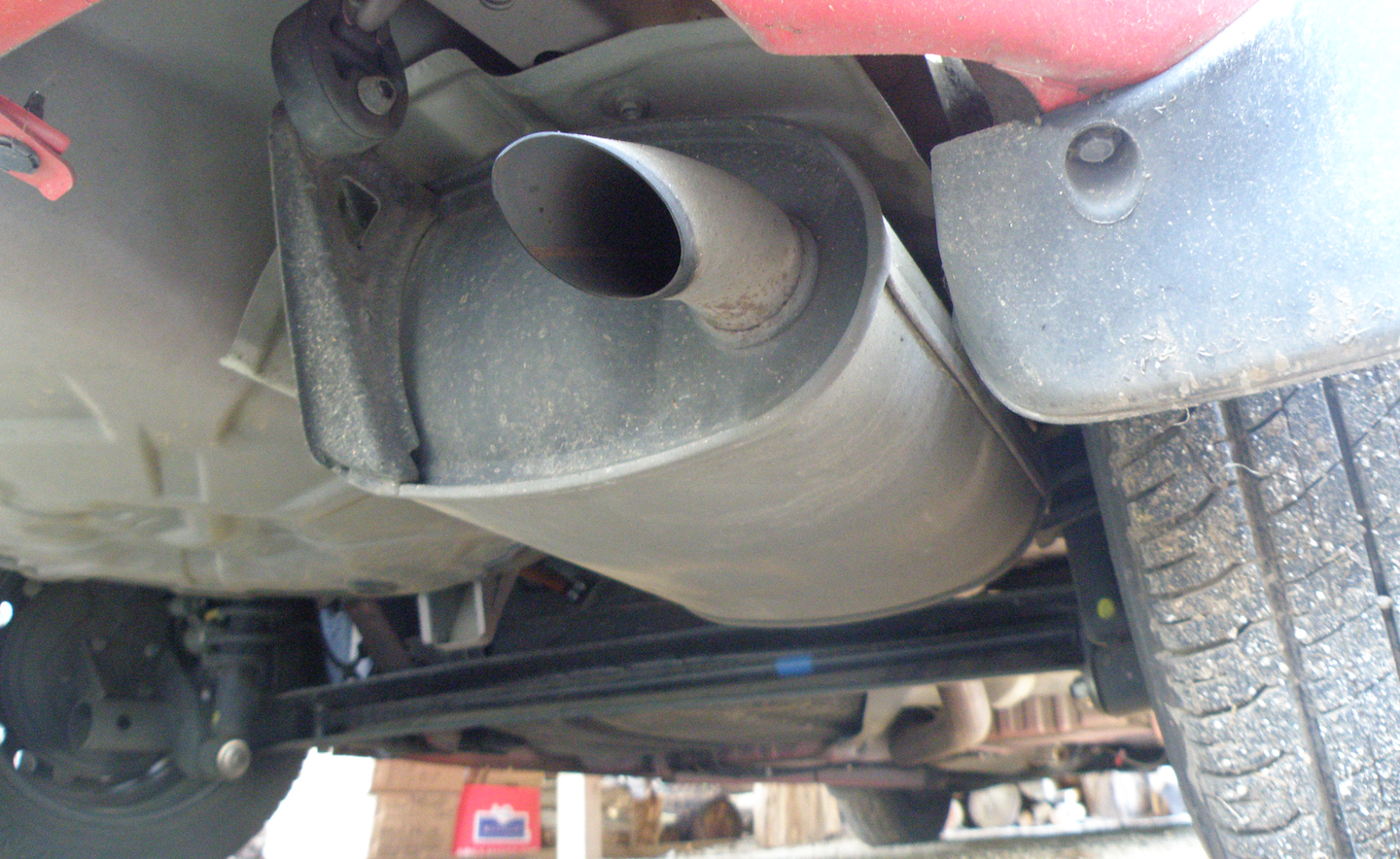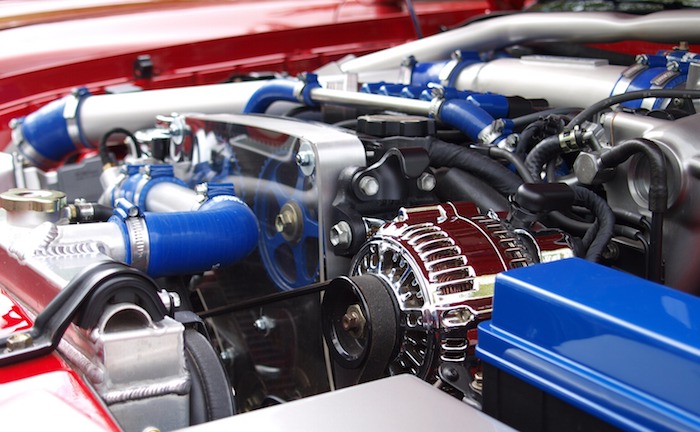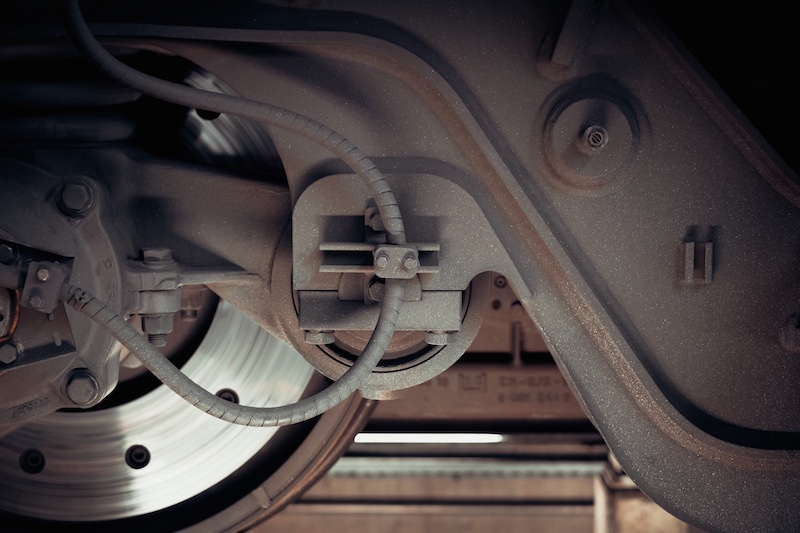Source | Wikiuser100000
“Gross! What's that awful smell?" After driving your vehicle, you may notice a distinctive "rotten eggs" scent coming from your car. This is a classic sign that your catalytic converter is starting to fail. While “cats" have been on vehicles since the mid-1970s, many people don't know what to look for when a catalytic converter breaks. Here's some signs to watch for, and what to do about it.
How a Catalytic Converter Works
Catalytic converters are efficient pieces of engineering, when they work. Maligned in the '70s, the catalytic converter was partially blamed for the end of the classic muscle car era. While it was unfortunate that muscle cars went away for several years, the cat did its job, and the air over Los Angeles is no longer the color of baby food.
The catalytic converter works by breaking down unburned gases left over by the combustion process. Nitric oxide, carbon monoxide, and unburned hydrocarbons are all toxic to humans and can cause smog. After startup, the poisonous gases pass through the catalytic converter's internal structure, which you can picture as a honeycomb design made of ceramic and coated in catalyst materials like platinum, palladium, and copper. At roughly 800 degrees Fahrenheit, the hot catalysts convert the gases into safer elements, like oxygen, carbon dioxide, and water.
Why Catalytic Converters Fail
In most cases, the catalytic converter will last for the entire life cycle of a vehicle...but not always. While sturdy, the catalytic converter can slowly fail over time as the catalyst elements wear out. High mileage is not the only culprit, as failure could be due to an improperly operating engine.
Worn spark plugs, or burned and leaking exhaust valves, allow unburned fuel into the exhaust system, where it ignites in the catalytic converter and melts the internals. A weak ignition system can also cause the same problem, by not getting enough spark to the plugs.
Catalytic converter problems could also be something more serious, like heavily worn piston rings or jumped timing chain. These problems allow fuel or air into the wrong place at the wrong time. A head gasket or intake manifold leak can cause problems too, as oil or coolant can coat the catalyst, setting off a check engine light. On some older vehicles, a flashing check engine light will be your tipoff to catalytic converter overheating, and it shouldn't be ignored.
Keep in mind that the catalytic converter could fail again in a short time if an underlying issue is not fixed. Keep your ride tuned up, and your cat will live longer.
Common symptoms of failed catalytic converter:
Sulfur smell
Large fuel economy decrease
Failed emissions test
Check engine light
Discolored or warped outer housing
Noticeable lack of acceleration
Hard starting or no-start condition
Tools needed:
Don't have these tools? Take Advance's free loaner tool program for a test drive.
How to Diagnose a Failed Catalytic Converter
If you smell “rotten eggs," that's an easy diagnosis. Fuel contains a small amount of sulfur, which is normally burned into an odorless gas. It's likely the catalytic converter has internal damage, is failing to convert exhaust gases properly, and needs replacement. While the sniff test is easy, it's not 100% accurate, so try some of these others.
In some cases, you might actually be able to hear a rattle from the catalytic converter, if the element inside of it has come loose or disintegrated. If you remove the unit, try wracking it with a hammer or wrench to see if you can hear a clatter from inside.
A code reader is a handy tool if you have a check engine light. The common catalyst failure code is P0420 or P0430, but check your code reader's manual to be sure, and remember that there may be a cluster of other trouble codes that will go along with the one for the catalytic converter.
OBDII Code Reader, Source | Flickr
To check if it's a clogged cat versus a bad oxygen sensor (when you don't have a check engine light), grab a vacuum gauge. Connect the gauge to an intake manifold vacuum line. Start the engine, let it idle, and check the reading on the gauge. This is your baseline vacuum. It varies by the engine but should be 16 to 21 inches of mercury.
Have a helper increase engine speed to 2500 rpm and hold. After a brief drop of a few seconds, the gauge needle should return to approximately the same vacuum. If the needle is slow to return, or stays low, the cat is blocked. Bear in mind that a rich-running condition may also foul the O2 sensor; conversely, bad readings from a failed O2 sensor may cause the rich-running condition in the first place.
If the O2 sensor isn't readily accessible, you can also get a reading from the EGR valve's DPFE sensor. The EGR system is responsible for re-routing exhaust gases back into the engine to be re-burned, and the DPFE sensor monitors the volume and content of these gases, sending an analog signal back to the engine computer.
If acceleration is noticeably poor and you suspect the cat, drive your vehicle for 15 minutes to fully warm it up. Raise the vehicle with a jack and set on jack stands. Pop the hood and grab your IR thermometer. Point the laser at where the exhaust gases enter the cat, and note the temperature. Then get underneath the vehicle and put the laser on the rear of the catalytic converter where gases exit. The exit temperature reading should be only slightly lower than up top. If it's off by 100 degrees or so, that means there is an internal failure trapping exhaust gases.
An alternative for the poor acceleration symptom needs only a wrench. Open the hood and pull the oxygen sensor out of the exhaust pipe. Only pull the “upstream" one, located on the exhaust manifold before the cat. By allowing exhaust to escape from this hole before the clogged catalytic converter, some noticeable performance will return. (Don't drive like this too long, as you will get terrible gas mileage.)
Today's catalytic converters are much more efficient and reliable than those of 40+ years ago, so if yours needs replacing, don't replace it with a straight pipe. That's illegal, bad for the environment, and will ultimately be bad for your engine.
Modern catalytic converters are affordable, long lasting, and provide zero reduction in vehicle performance. In fact, your vehicle's engine is tuned to have a “cat," and removing it will decrease horsepower and gas mileage.
